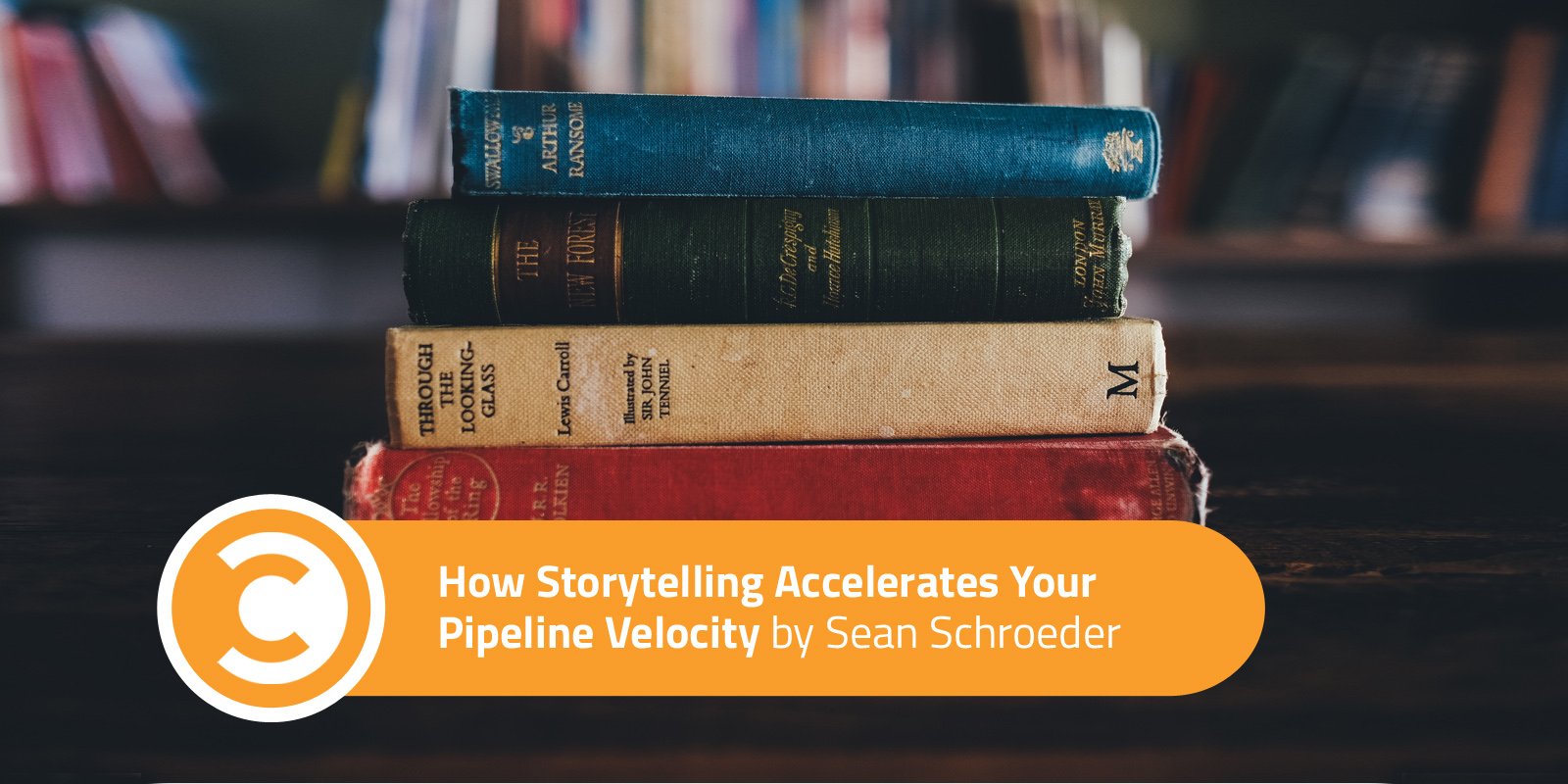
Listen to this blog post as a podcast:
Marketers typically don’t think of themselves as storytellers. Creatives? Yes. SEO experts? Sometimes. Wordsmiths? You bet. But “master storyteller” doesn’t usually fall under their job description.
Yet that’s exactly what marketers are. They carefully cultivate an audience through engaging content, telling their company’s story along the way. Once members of that audience raise their hands, marketers engage them in a more meaningful way to help them become ideal customers and, ultimately, brand advocates.
B2B marketing guru Ardath Albee has pioneered a strategy that relies on relevance and narrative to do exactly this; she calls it “the continuum approach.” As buyers navigate the customer journey, they receive content as part of a narrative, punctuated by stepping stones that answer their questions and help them discover what comes next.
“Marketers need to create the language for talking about what their products enable their prospects and customers to achieve rather than… the features and functionality,” Albee says.
Your narrative should answer a critical question: “What’s in it for me?” It should also frame your understanding of how customers think about your products and services. Once you have seen your brand through their eyes—not through a prism of features and benefits—a path to relevance becomes apparent. And that path is a continuum of content-driven experiences.
Using Narrative as a Tool
Many B2B companies struggle to use content as the connective tissue between themselves and their customers beyond campaign-based initiatives. That’s why the continuum approach can be a game changer.
Story is the perfect tool for creating a continuum and differentiating your brand. Consumers don’t care about features and benefits as much as they care about buying from companies that inspire emotional connections. Your narrative is what drives that connection.
To showcase the power of narrative, Rob Walker and Joshua Glenn bought about $129 worth of random objects from a thrift store in 2009 as part of a social experiment. They asked writers to create elaborate backstories for the objects, which they attempted to sell on eBay. They suspected narrative would transform otherwise insignificant objects into significant ones. The result was extraordinary: They grossed more than $3,600, resulting in a net profit of 2,700 percent. Michael Brenner calls this “the best example you will find on the value of storytelling.”
The demand for digital storytelling is on the rise. Content that includes compelling visuals generates up to 94 percent more views than material lacking those elements.
Characters and mascots that match a brand’s persona can be particularly useful for driving social interaction. Content featuring Tony the Tiger, for example, elicits about 279 percent more social shares than Frosted Flakes material that doesn’t include the iconic mascot.
Characters aren’t limited to being the vehicle that delivers a story. They can also help you craft narratives that resonate with your audience. “Using personas as characters and solving the business problem as the structure for a plot, marketers can learn how to develop a business story structure that fuels the continuum approach to digital marketing,” Albee says.
Crafting a Continuum
Business storytelling is a powerful tool for delivering relevance across channels, platforms, and contexts. Here are four ways to begin crafting a continuum of experiences designed to increase the velocity of your buyer’s journey.
1. Know Your Audience
You can’t connect with people if you don’t understand what matters to them. Albee sums it up best: “Content that tries to speak to everyone ends up speaking to no one.”
Learn as much as possible about your ideal customers, and create personas—dynamic, composite sketches of who they are—to ensure you know their chief concerns. Make sure you’re accounting for all of your audience segments. For instance, toy companies must appeal to children as well as their parents.
2. Find Your Baseline
Perform a content audit to determine what you do and don’t have. Assessing your current inventory will tell you which area needs deeper investments, whether that’s audience segments, personas, industries, buying stages, types of content, or another consideration. An audit can reveal blind spots that might prevent you from reaching all of your audience members.
[contextly_auto_sidebar]
3. Map the Conversation
If you were to have the ideal conversation with your ideal customer, what would it sound like? What questions would he ask? What does he need to know about the problem he’s trying to solve?
Social media can serve as a great starting point for this research, with 42 percent of businesses already using it to evaluate their customers. Run this thought experiment for each person who might be involved in the decision-making process.
4. Implement and Test
Use your content audit to identify which needs your content fills in the conversations you’ve mapped. Work with your team to plan new content to fill any remaining gaps. Determine your most valuable audience—and the easiest to create content for—and start with them. Build from there.
Your initial strategy doesn’t have to be perfect—you can iterate and improve over time. Rome wasn’t built in a day, and your continuum-based customer journey will take time to perfect. What’s most important is that you start the process.
When you only implement narratives in individual campaigns, you miss an opportunity to forge deeper relationships with your customers. Albee’s approach, on the other hand, embraces the universal desire for storytelling and connection. A continuum-based strategy ensures customers come along for the journey and become characters in your brand’s story.
As This American Life host Ira Glass has said, “Great stories happen to those who can tell them.”
Get more content like this, plus the very BEST marketing education, totally free. Get our Definitive email newsletter.

